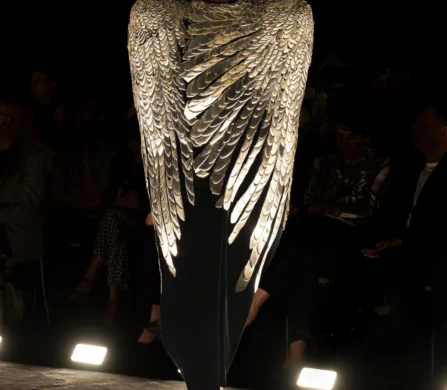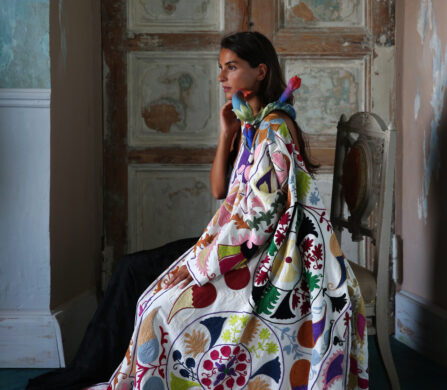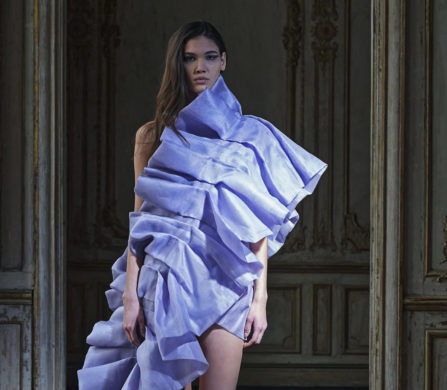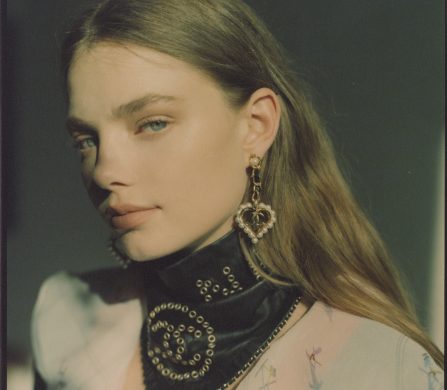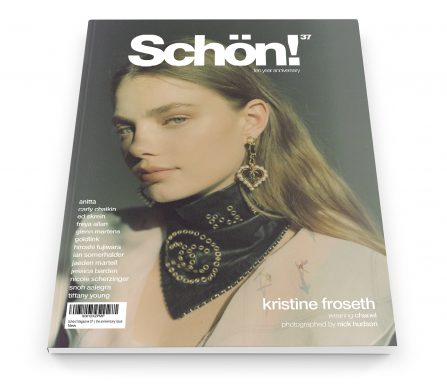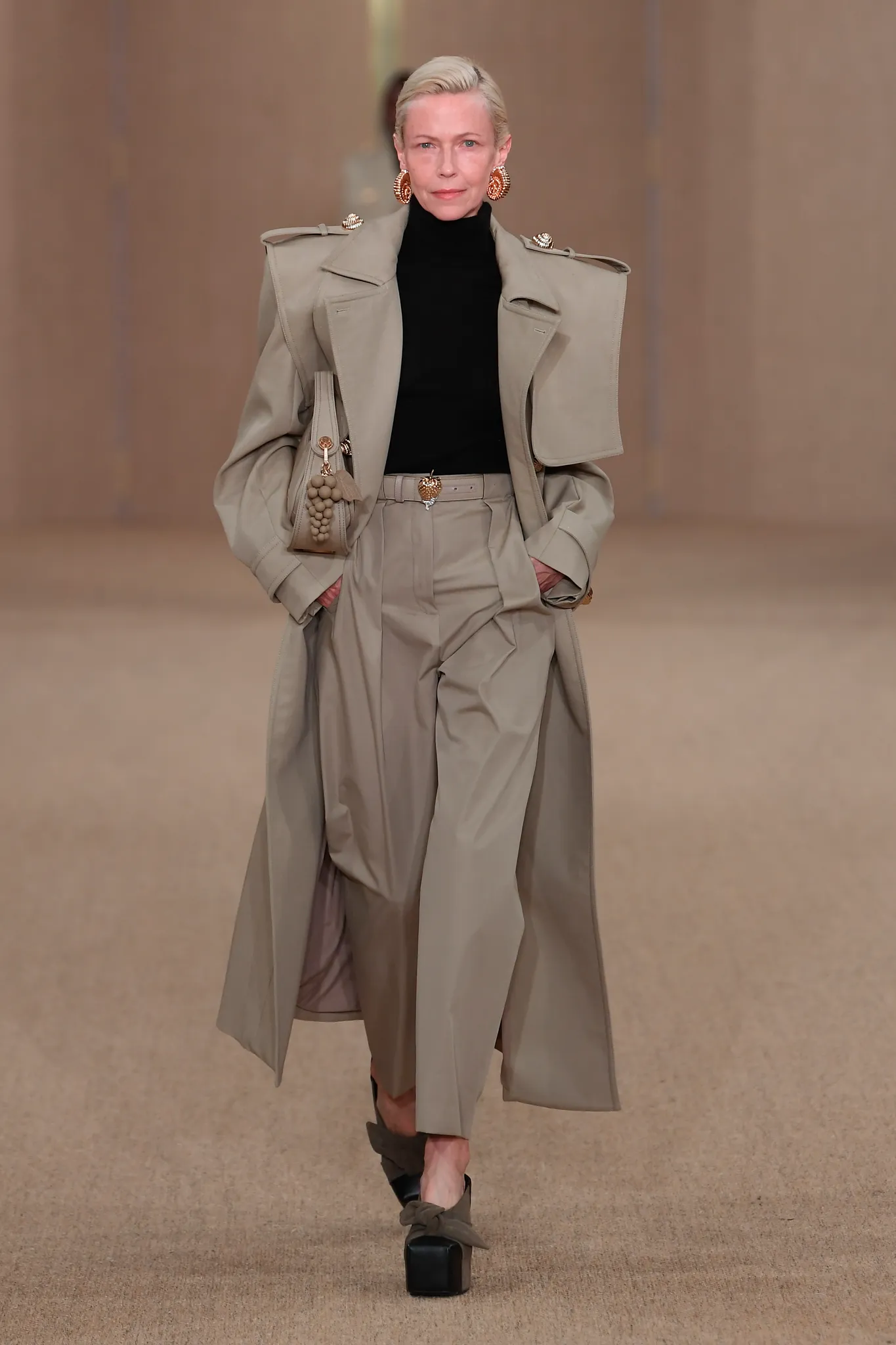
It’s usually time after fashion weeks finish to write a trends round-up and tell readers what’s what in the way of fashion news. The jacket, the suit, the pleated skirt, whatever the “hot item”, the “must have”, or the “on trend” look of the moment might be. The truth in 2024 is who cares about trends in the old-fashioned way? “Red is best;” “Brown is the new black” or “Pick plaid,” or the really obvious ones like “tweed for winter” and we know what Mrs Priestly thought of “florals for spring.” There also used to be many press releases waxing lyrical about a designer’s “vision” or using cultural appropriation such as kimonos or Icelandic patterning, which now seem curiously out of date with modern ideas on fashion.
Of course, there are still trends, but they are bigger and have more gravitas, as well as lasting longer. Green Issues and Sustainability, for example, are “trends” but not for merely a season, for in these cases they are carrying forward into decades.
In 2023 there was a lot of talk about discrete luxury, understated dressing and a new kind of elegance and style which was not uptight but was not sportswear. Indeed, this trend is ongoing, and labels like Bottega Veneta, Ferragamo and Gucci in Milan alongside Brunello Cucinneli and Loro Piano continue to work around this story. At the price point luxury labels are today, and rising, surely “flash in the pan” or instant looks are not appropriate. Post the crash of 1987 the display of conspicuous wealth, was seen by many as very contentious, so today with global issues affecting so many people “loadsamoney” is once again inappropriate.
So, within this grown-up, up more serious attitude staying in fashion there was a story or trend at the recent collections which reinforces a shift in fashion, and a renewed interest in real clothes. The presence of women on the catwalk; woman, as in adult female; and if fashion is generally in a more serious mood, let’s face it, adults are the ones it should be talking to.
Age can be a huge obstacle in any discussion about women, and Joan Collins once mentioned how when she and Linda Evans starred in Dynasty, the media always mentioned their ages, and never that of John Forsyth, who was much older than either of the women. So, without Google ages, mentioning birthdates or placing anyone in a generational group, suffice to say the names mentioned are all between fifty and sixty-five. The key thing taken away from this season is the casting of women in shows, repeatedly. Although we often refer to models as “the girls,” the maturity and sophistication of a woman is what the best girls always bring to catwalking. Let’s be honest, it also makes sense since for many houses their core customers are not eighteen but thirty plus.
There are lots of threads and elements to this story and the shift to age diversity, as important in its own way as body or cultural diversity.
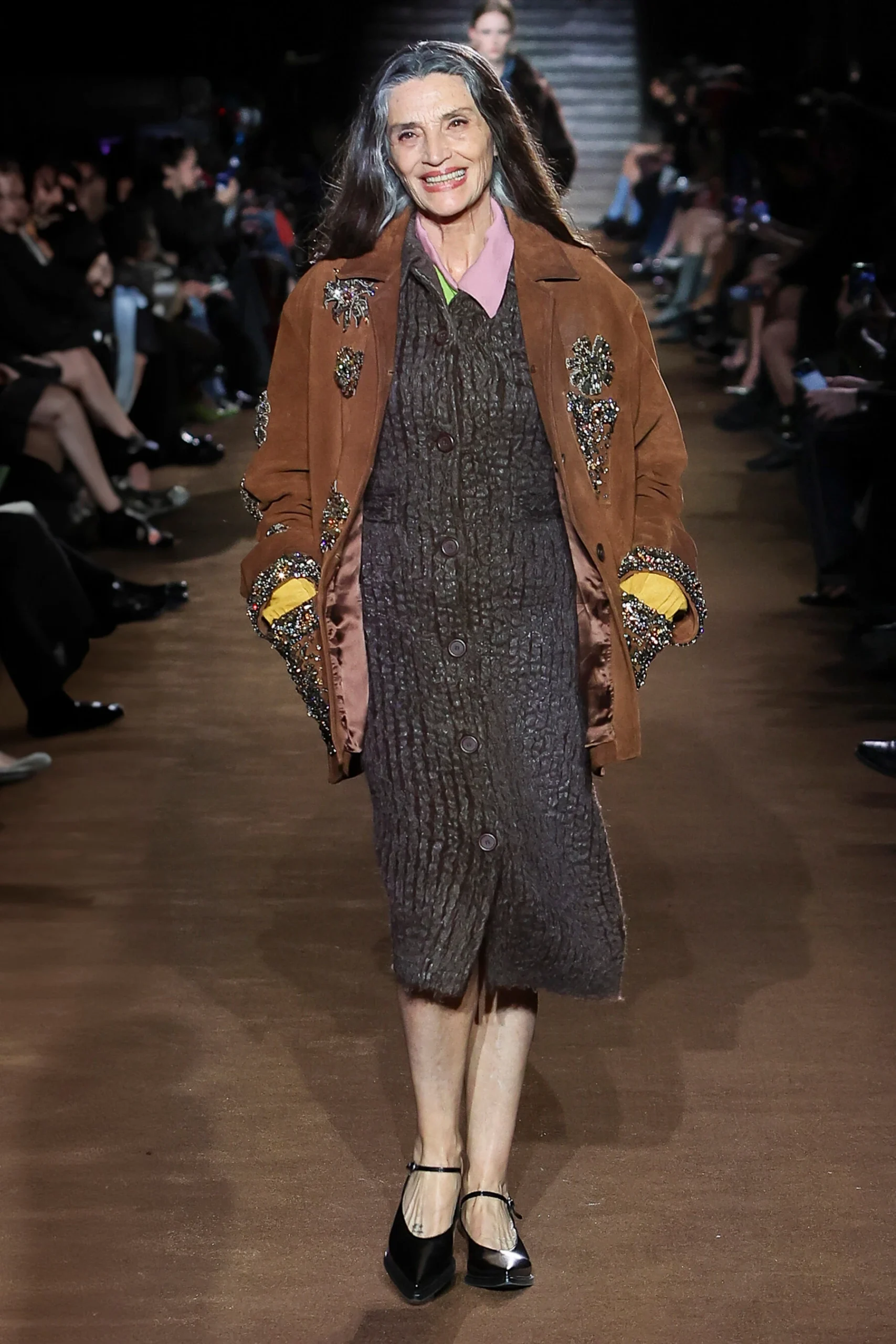
The return of the supermodels last year, especially Linda Evangalista, alongside the amazing Evangalista/ Steven Meisel book, not only kicked off the understanding and awareness of what women can bring to clothes, but also the way trends in casting have shifted. Christy Turlington closing Ralph Lauren last season in golden drapery was the perfect combination of model and dress. Casting has a mixed history in the last thirty or so years, and it is important to remember this.
The first wave of what became known as “supermodels” Naomi Campbell, Cindy Crawford, Linda Evangelista, Tatiana Patitz, Christy Turlington Karen Mulder Claudia Schiffer, were at the end of the nineteen eighties in the nineteen nineties. However, by the mid-nineteen nineties fashion entered what was possibly the worst decade for catwalk models. Many designers, focussed on noticeably young, very thin, very blonde models all very much looking the same. Clearly it was thought by casting directors and designers that models with no personality, no presence and closely related in many ways to window dummies or mannequins was the terrific way to show clothes.
To quote- “Several seasons later, they (Supermodels) were followed by Eastern Europeans, barely into their teens, pale, and “bordering on anorexic. They were too young to become movie stars or date celebrities; too skeletal to bag Victoria’s Secret contracts; and a lack of English did not bode well for a broad media career”.( Forbes 19 July 2007)
This viewpoint and look lasted a surprisingly long time, and it leads to something to remember always about casting. The relationship between the people wearing and presenting the clothes and the audience watching them creates its own atmosphere. The identity of the collection and who it aspires to dress is essentially captured during those amazingly brief moments of the show, often only between twelve and twenty minutes. The theatre of fashion as performance in the John Galliano, Pat McGrath mode is certainly fabulous, but is it a “fashion” show or simply a show? Is the audience identifying with the clothes and the wearers?
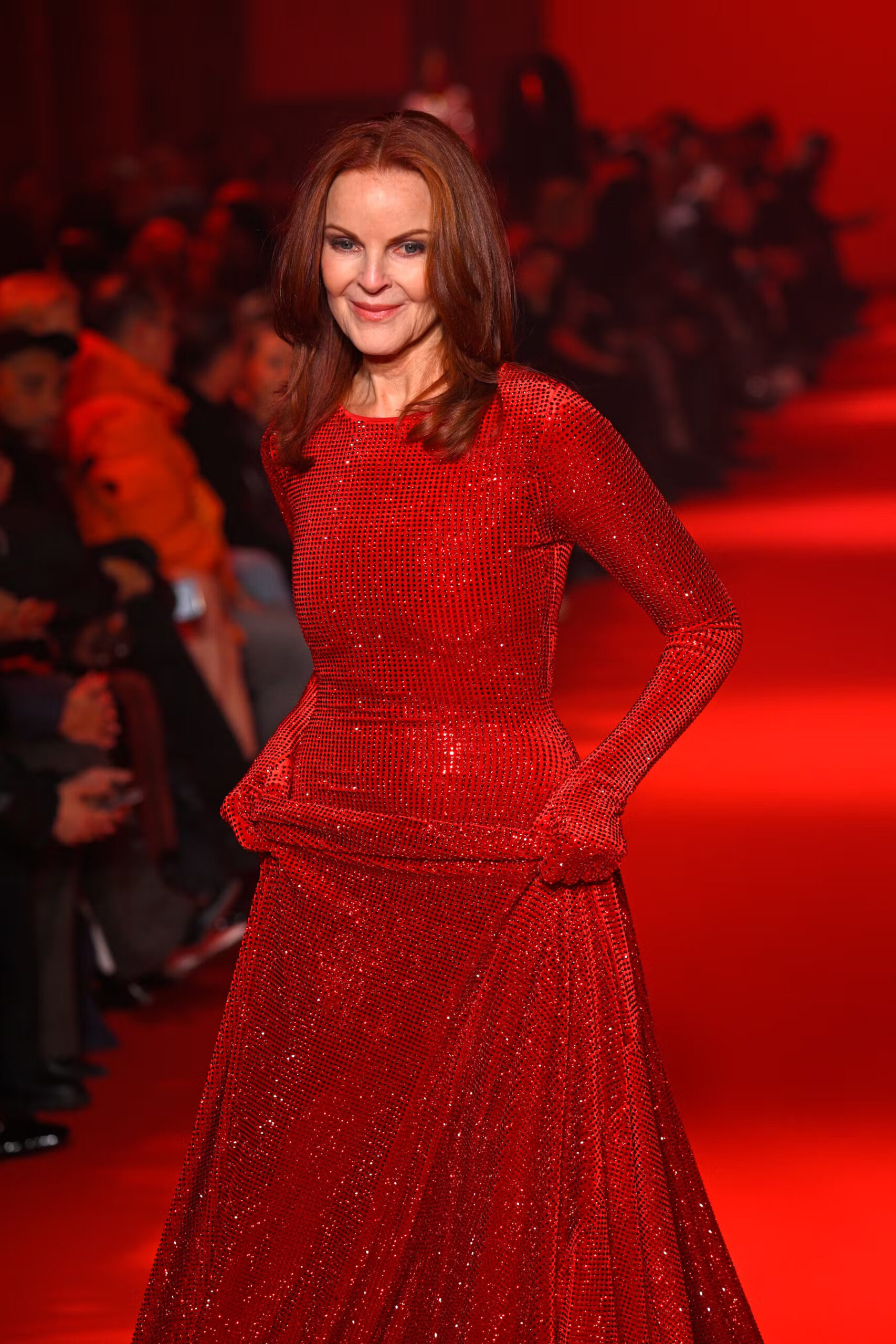
The venue, lighting, music and atmosphere can be hugely elaborate, or it can be discrete, it can be about classic runway, or it can be innovative, but at its heart it should highlight what you have come to see, fashion. If serious clothes, serious wearability and serious sales are the new trend, then there are indications that serious casting is also required. This season has seen Donna Karan relaunch with models whose history with the label is acknowledged. At the shows Eva Herzigova and Faridah Kelfa worked at Mugler, Kristen McMenamy not only did Mugler but several other shows, Kristen Scott Thomass walked for Miu Miu, Olivier Rostaing cast Axelle and many other models walked his show and there is no doubt that Coco Rocha brings an individuality to anything she put on. Recently Fendi and Vogue have used “supermodels” for both catwalk shows and for events. In New York Batsheva cast only women over forty, an age where confidence is a given. Marine Serre and others cast models with character and a few years of experience behind them. The Row not only asked people not to take pictures and put their phones away, but when they released the pictures of the season, they chose Kristen McNenamy and Erin O’Connor amongst others as models.
Surely for clients/customers it is a real bonus to see women who may still have model figures but are at least closer to the client in age and life. Models with children, models with homes to run, models with success already behind them, models with experience. Most importantly women with other interests in life, like Jade Parfitt supporting and working with The Bath Fashion Festival or Erin O’Connor with Borne Charity or Save the Children, Axelle with with Olivier Saillard on Couture Pauvre, indeed, women as far as possible in attitude from those girls of the late 1990’s.
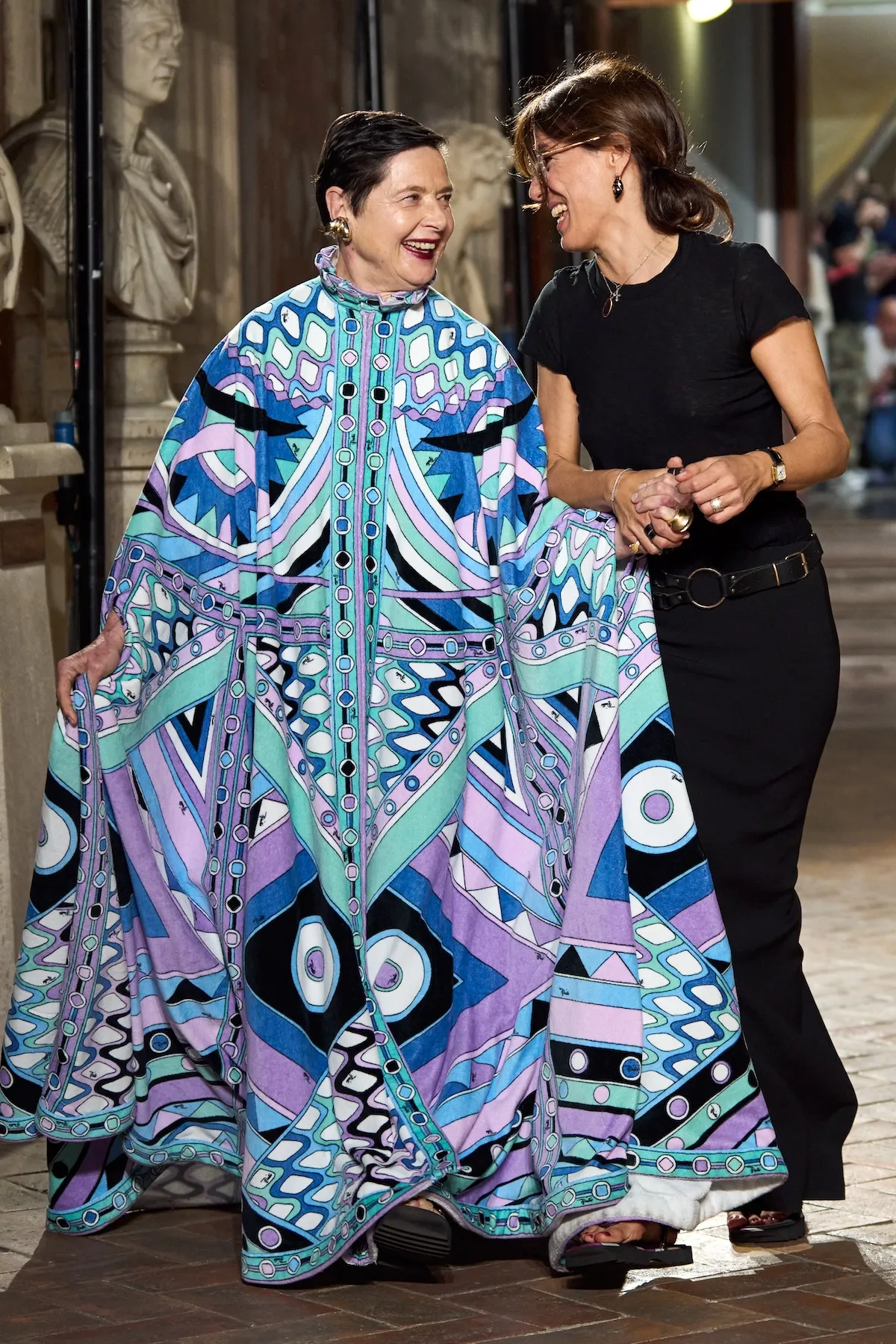
Tagwalk says 70% of the top twenty fashion brands “included older models in their casting.”
words. Tony Glenville














